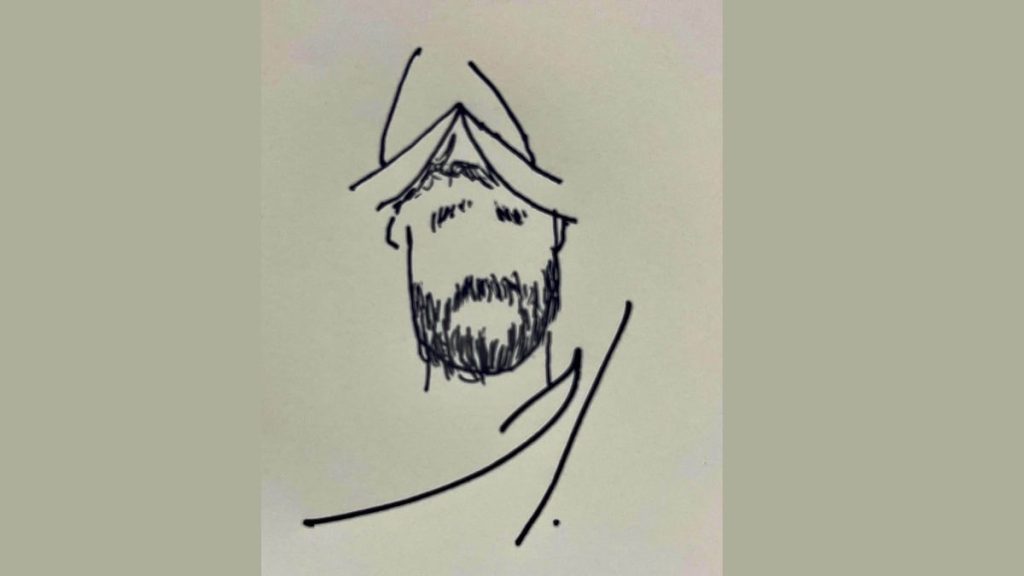Andrés Manuel López Obrador can spend his leisure time swinging in a hammock at his ranch La Chingada, immersed in the timeless past, by reading or re-reading Hernán Cortés’s Letters of Relation as a substitute response to a letter that King Felipe VI will never write. By immersing himself in the prose of Cortés, he can experience a painful recognition of the complexities of the conquest of Mexico Tenochtitlán, prompting reflections on demands for apology from the tlaxcaltecas for their role in facilitating the conquest and for the invention of the tortilla in Huamantla, which is said to contribute to weight gain. Claudia Sheinbaum joining in with the discussion of the unanswered letter brings to light issues surrounding Malinche’s servility, the patriarchy that sold her as a slave despite her royal status, and Cortés’s exploitation of her as both translator and in marriage to a subordinate soldier. This can lead to discussions about the role of the Church and the virgen guadalupana in the conquest, complicating the narrative further.
The comparison of the number of Cortés’s troops to modern-day figures such as the former president, López Obrador highlights the need for recognizing and holding accountable all those involved in the conquest and colonization of Mexico, not just a singular figure like Cortés. This extends to modern-day gun owners and descendants of those involved in the conquest, requiring reflection and possible apology for the introduction of gunpowder and violence to the indigenous peoples of Mexico. The diverse origins of Cortés’s troops raise questions about the culpability of individuals from various regions in Europe, suggesting a need for apologies from a wider range of descendants, such as Cristiano Ronaldo and Sicilians, for their potential roles in the conquest.
The appointment of a military figure named Hernán Cortés Hernández to lead the Guardia Nacional in Mexico adds another layer of complexity to the discussion, prompting questions about attributing historical guilt to a figure bearing the name of the Conquistador. Reflections on the conquest, colonization, and subsequent centuries of intermingling cultures in Mexico suggest the need for a deeper understanding of the historical context and complexities involved. Exploring the works of historians like Miguel León-Portilla and José Luis Martínez, as well as firsthand accounts like Bernal Díaz del Castillo’s, can help shed light on the multifaceted nature of Mexico’s history and the ongoing impact of colonization on Mexican identity and society.
Acknowledging the multicultural and multilingual heritage of Mexico, which has been shaped by interactions between indigenous languages and Spanish, highlights the rich tapestry of Mexican identity and the ongoing legacy of both conquest and cultural exchange. The complexity of Mexican history, literature, and cuisine does not need to be reduced to a simplistic narrative of blame and apology directed at a distant monarch or past conquerors. Embracing the diversity of Mexican heritage, from indigenous roots to European influences, can offer a more nuanced and inclusive understanding of Mexican identity and history. By moving beyond reductive narratives of guilt and blame, Mexicans can continue to celebrate the vibrant and diverse cultural tapestry that defines their country.
In the midst of ongoing discussions and debates about the conquest of Mexico and its legacy, it is crucial to resist the temptation to simplify complex historical events and individuals into easy targets for blame or apology. The intertwined histories of Mexico and Europe, the legacies of conquest and colonization, and the ongoing struggles for social justice and equality in Mexico necessitate a nuanced and thoughtful approach to understanding and addressing the complexities of the past. By embracing the diversity and richness of Mexico’s cultural heritage, from indigenous languages to European influences, Mexicans can navigate the challenges of the present and future with a deeper appreciation for the complexities of their shared history and identity.


